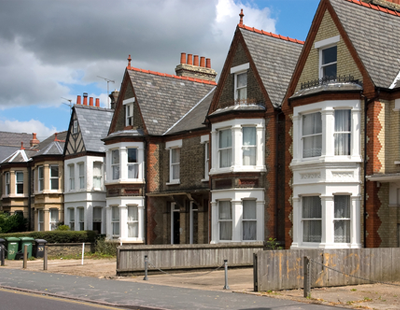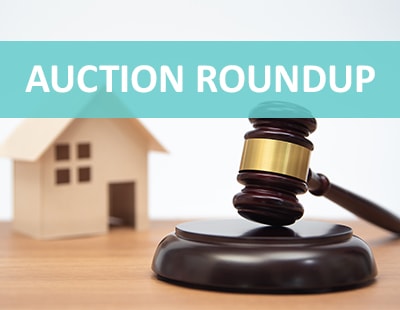As a whole, the average house price for the South stands at £323,910 – up a marginal 0.6% over the last year. Zoopla said these regional averages hide a wide variation in growth at a localised level.
The analysis – which uses Hometrack’s house price indices to track trends in prices at a sub-regional level – found that in the vast majority of house price falls across Southern England, the level is less than -2.5%.
The report finds a clear link between house prices and wheather markets are registering a softening in prices. Broadly speaking, high value markets are more likely to be registering price falls than lower value, more affordable, areas.
In the South East region, for example, the weakest annual growth can be seen in Woking (-2.3%), Epsom (-2.3%), Basingstoke (-1.9%) and Maidenhead (-1.6%) – all archetypal commuter towns. Excluding Basingstoke, the average house price in these areas is well over £400,000. However, lower value areas on the coast – Dover (+3.4%), Hastings (+2.9%) and Shepway (+2.3%) – are less commutable to London and performing relatively well.
In the South West, it is generally the highest value areas where price increases are lowest. Prime examples are Bath where the average price is £345,575 and prices are up +0.3% annually; the Cotswolds £365,630 (+0.7% annually) and Poole £307,667 (+0.3% annually). The lowest value areas which still have further scope for price growth such as Gloucester and Taunton are experiencing annual house price growth of 3.2% and 4.6% respectively and house prices are well below the regional average.
London effect has rippled to the south but impact will be short-lived
Southern England is following London when it comes to average house price growth, but the proportion of markets experiencing falls is lower than in London and the decline in house prices is expected to be less extended.
House prices in the capital grew rapidly between 2010 and 2016 but since then growth has begun to slow affordability has worsened and tax changes have impacted demand from multiple buyer groups. It was in late 2016 when a growing proportion of markets starting to register annual price falls. This continued to rise, reaching a peak of 80% of markets with price falls in October 2018.
Since then the coverage of price falls has started to reduce as the gap between what buyers are prepared to pay and what sellers are seeking to achieve narrows. What’s more, housing transactions in London have declined much more than prices, with overall sales volumes falling by 25% since 2014 as housing demand has weakened.
Richard Donnell, research and insight director at Zoopla, commented: “The London housing market is coming to the end of what can be described as a three to four-year repricing process where many areas have experienced small, single digit price falls.”
“Late last year we reached the peak in terms of proportion of local markets experiencing small annual house price falls. Since then the proportion of markets registering declines has fallen, as the three-year re-pricing process approaches the end phase.”
According to the data, it took around a year for price falls in London to ripple to Southern markets and the downward trend started to take effect in Q3 2017. Currently, just over a third (36%) of housing is in local property markets that are registering annual price falls. Residential sales volumes in Southern England have fallen 10% since 2015.
“The trends in London and Southern England are all part and parcel of the unfolding housing cycle,” Donnell continued. “There remains plenty of demand for housing in Southern England but there are fewer buyers who are more cautious, seeking out value for money.”
For homeowners looking to sell this year, he advised: “The key to securing a sale is to be realistic on pricing based on the profile of demand for homes in the local market. Our analysis shows how trends vary within regions and all local markets have their differences.”
Donnell concluded: “Would-be sellers considering selling should speak to a good local agent with their finger on the pulse of the local market to get a true view of demand and the right price to achieve a sale as market conditions look set to remain challenging over the rest of 2019.”









.png)










Join the conversation
Be the first to comment (please use the comment box below)
Please login to comment